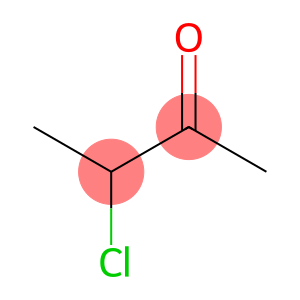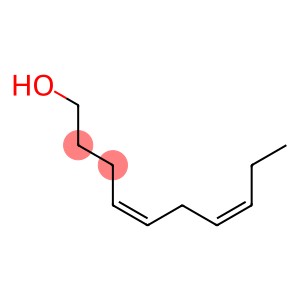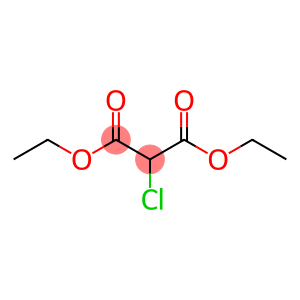Amyl acetate(CAS#628-63-7)
| Hazard Symbols | Xi – Irritant |
| Risk Codes | R10 – Flammable R66 – Repeated exposure may cause skin dryness or cracking |
| Safety Description | S23 – Do not breathe vapour. S25 – Avoid contact with eyes. S24/25 – Avoid contact with skin and eyes. |
| UN IDs | UN 1104 3/PG 3 |
| WGK Germany | 3 |
| RTECS | AJ1925000 |
| FLUKA BRAND F CODES | 21 |
| TSCA | Yes |
| HS Code | 29153930 |
| Hazard Class | 3 |
| Packing Group | III |
| Toxicity | Acute oral LD50 for rats 6,500 mg/kg (quoted, RTECS, 1985). |
Introduction
n-amyl acetate, also known as n-amyl acetate. It has the following properties:
Solubility: n-amyl acetate is miscible with most organic solvents (such as alcohols, ethers and ether alcohols), and soluble in acetic acid, ethyl acetate, butyl acetate, etc.
Specific gravity: The specific gravity of n-amyl acetate is about 0.88-0.898.
Smell: Has a special aromatic smell.
N-amyl acetate has a wide range of uses:
Industrial uses: as a solvent in coatings, varnishes, inks, greases and synthetic resins.
Laboratory use: used as solvent and reactant, participate in organic synthesis reaction.
Plasticizer uses: plasticizers that can be used for plastics and rubber.
The preparation method of n-amyl acetate is usually obtained by esterification of acetic acid and n-amyl alcohol. This reaction requires the presence of a catalyst such as sulfuric acid and is carried out at the appropriate temperature.
N-amyl acetate is a flammable liquid, avoid contact with open flames and high temperatures.
Avoid contact with strong oxidants and strong acids to avoid dangerous reactions.
Wear protective gloves, protective glasses and a protective mask to ensure good ventilation.
Avoid inhaling its vapors, and if inhaled, quickly remove from the scene and keep the airway open.
During use and storage, keep away from fire and heat sources, store in a cool, dry, well-ventilated place, and away from combustibles and oxidants.








